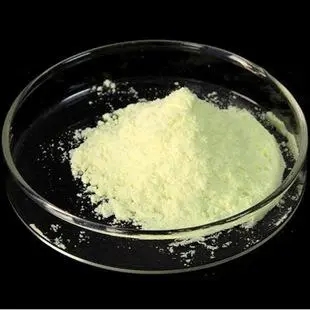Wholesale Food Grade Phospholipid,Stable Quality
Time:2024-11-14
Phospholipids are lipid compounds containing a phosphate group, often referred to as phospholipids or phosphatides, and are key components of biological membranes in plants and animals. Under standard environmental conditions (e.g., room temperature and neutral pH), phospholipid molecules are relatively stable, maintaining their structure and function. However, certain factors such as temperature, pH, light, and oxygen can influence their stability. Under extreme conditions—such as high temperatures, extreme acidity or alkalinity, or oxidative environments—phospholipids may degrade or denature.
Specific Impacts of Phospholipid Stability on Food Quality
1. Emulsification and Stability
·Phospholipids possess emulsifying properties that allow them to combine water and oil and disperse them into tiny particles, helping prevent the separation of fats in foods, which can otherwise cause precipitation or scum formation.
·Phospholipids stabilize emulsions by preventing small oil droplets or gas bubbles from coalescing, which is essential for preventing layer separation and sedimentation, particularly in dairy products, beverages, and emulsified oils.
2. Antioxidant Properties
·Certain phospholipids have antioxidant properties, slowing the oxidation process of oils and reducing the rate of food spoilage, thus extending shelf life. This is especially important for easily oxidized foods like oils, nuts, and confections.
·As a primary component in oils, phospholipids enhance the effectiveness of antioxidants like tea polyphenols and vitamin E, thereby affecting the storage stability of oils.
3. Texture and Flavor Enhancement
·Phospholipids can improve the texture and mouthfeel of foods, making them more stable and appealing. For example, adding phospholipids to baked goods can improve layering and fluffiness.
·Phospholipids can also enhance the smoothness and creaminess of foods, which is highly beneficial in products like chocolate, ice cream, and pastries.
4. Moisture Management
·Phospholipids help manage moisture within foods, preventing water migration between the oil and water phases. This is crucial for controlling water activity in foods and for avoiding moisture-related issues during storage.
Impact of Phospholipid Content on Food Quality
1. Optimal Phospholipid Levels
·An appropriate amount of phospholipids can improve food stability, texture, and mouthfeel while providing a degree of antioxidant protection.
2. Excess Phospholipid Content
·Excess phospholipids can affect the color of oils, increase moisture content, and compromise the food quality of oils.
·During processing, excessive phospholipid content in oils can lead to higher oil losses in refining, thereby raising production costs.
Phospholipid stability significantly influences food quality. In practical applications, food manufacturers should select the appropriate type and quantity of phospholipids according to the specific needs of each product, ensuring compliance with regulations and safety standards. Proper storage and handling conditions are also key to maintaining the stability and functionality of phospholipids. Through careful control of content and stability, food quality and storage stability can be substantially improved.


 CN
CN





